We have much more to do and your continued support is needed now more than ever.
Five High-Impact Conservation Solutions for 2021
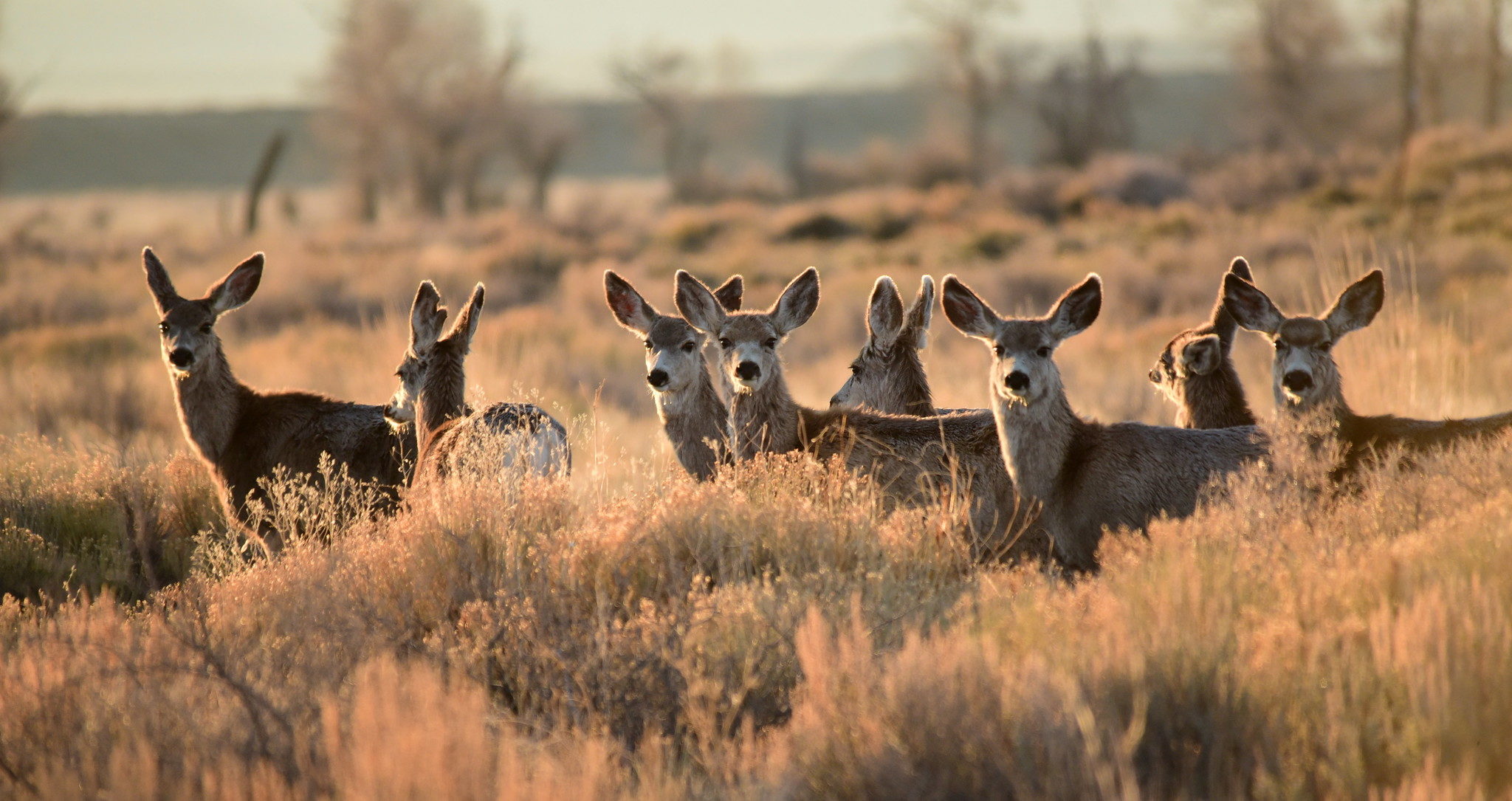
If 2020 was a year of reckoning with all the problems facing our nation, then 2021 is the moment to embrace the bold, brave solutions we need. The issues Americans face—the COVID-19 pandemic, its resulting massive unemployment levels, climate change, racial injustice, and a biodiversity crisis—are interconnected and need action now. Here are the National Wildlife Federation’s five top conservation priorities for 2021.
1. Create Conservation Jobs
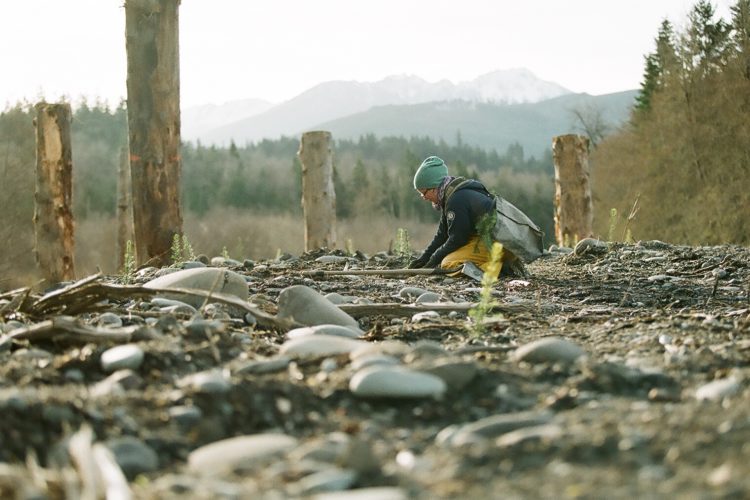
Youth unemployment due to COVID-19 and the nation’s run-down conservation and recreation infrastructure are two separate problems with one efficient solution: a 21st-century Civilian Conservation Corps.
During the Great Depression, Americans faced once-in-a-lifetime unemployment levels. As part of his New Deal program to revive the economy and American livelihoods, President Franklin Roosevelt created the Civilian Conservation Corps (CCC). The CCC enlisted over 3 million young men to work in soil, forestry, conservation, and recreation.
An updated 21st-century CCC will:
- Improve degraded wildlife habitat
- Restore and reconnect forests, grasslands, and wetlands
- Clean up waterways
- Improve recreational areas
- Make communities more resilient to climate impacts, and
- Remediate environmental injustices
By recruiting youth of all backgrounds for these projects, we can get one of the hardest-hit segments of the working population back on the job and rebuild the outdoor economy.
2. Confront Climate Change
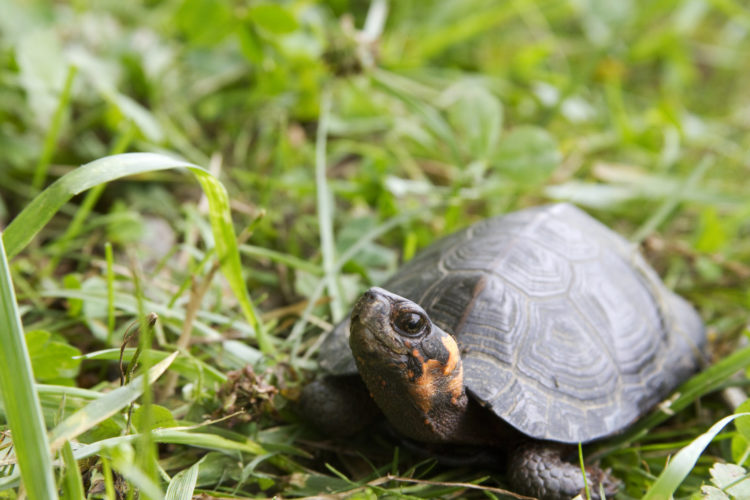
The disasters we’ve experienced the past few years—hurricanes, floods, and wildfires—are anything but natural. To mitigate climate change, we need to transform every sector of the American economy, including transportation, energy, manufacturing, and agriculture, to pollute less. As we move toward net-zero greenhouse gas emissions, investments in natural climate solutions and natural infrastructure will lessen the effects of extreme weather events.
Additionally, Congress must ensure that surface transportation infrastructure legislation advances clean transportation, promotes resilience, and leads us toward a net-zero emissions transportation sector and economy.
3. Advance Environmental Justice
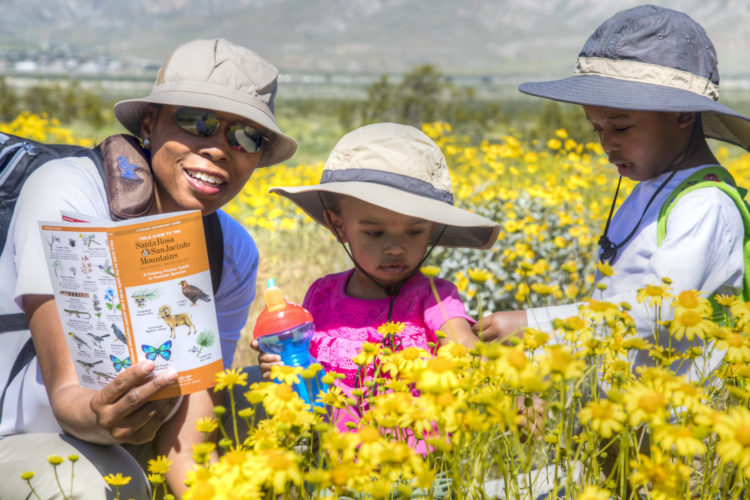
Decades of unjust environmental policies have made Black, Indigenous, and Latinx communities more susceptible to contracting and dying from COVID-19. Reducing greenhouse gas emissions and making significant investments in these communities will help remove pollution from air, water, and soil, thus improving public health in communities most impacted by it. Local leaders must also commit to supporting Black, Indigenous, and Latinx environmentalists.
According to a report from the Center for American Progress, Black, Latinx, Indigenous, Asian, and low-income communities are also “far more likely than white families to live in a place that is deprived of the benefits that nature provides, including nearby places that allow them to get outside safely and access clean water, clean air, and a diversity of wildlife.” Environmental justice isn’t limited to reducing pollution and toxins—it also involves securing access for everyone to green space and the quality-of-life improvements that it provides. Additionally, recreationists of color and varying abilities may experience harassment, microaggressions, and violence while recreating in green spaces and parks. Watch a National Wildlife Federation Creating Safe Spaces roundtable recording to learn more about how we can make the outdoors welcoming and safe for all people.
4. Restore America’s Conservation and Environmental Legacy
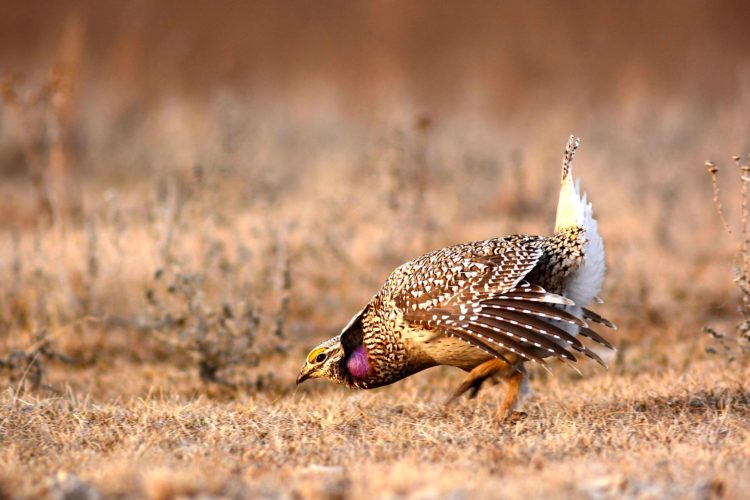
Bedrock environmental laws like the Clean Water Act and National Environmental Policy Act have taken a hit under the Trump administration, which has made over 100 regulatory rollbacks during the past four years. President-elect Biden must reinstate these rules and safeguard the health of wildlife and humans alike. One-third of North American wildlife populations are imperiled or vulnerable, and the time to save them is now. The Recovering America’s Wildlife Act and North American Grasslands Conservation Act will invest in proactive, on-the-ground efforts by states and tribes to recover at-risk wildlife and combat cropland conversion of prairie habitat in the Midwest and Great Plains.
5. Prevent Future Pandemics
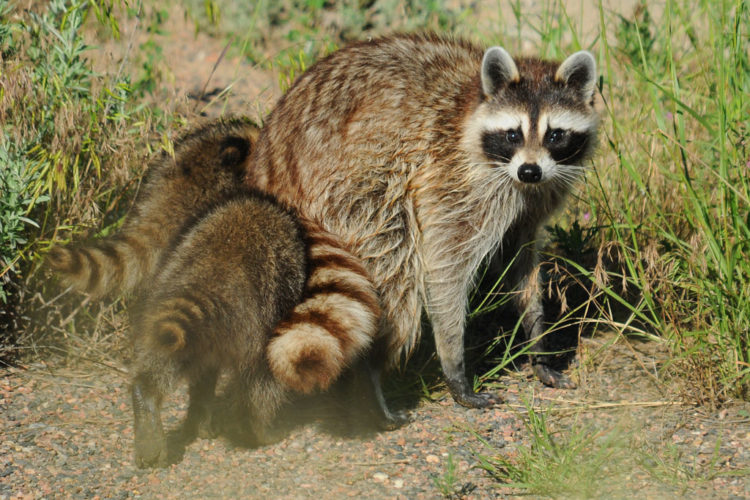
COVID-19 is a zoonotic disease—it’s caused by a virus passed from animals to people.
Restoring wildlife habitat, closing wild animal markets, and ending unregulated trafficking will prevent future zoonotic diseases.
From the waters of the Great Lakes and the mighty vistas of the West to communities urban and rural, we all depend on clean air, water, and lands for our survival. With these solutions laid out before us—compiled from both the pages of American history and the cutting edge of science and policymaking today—we can ensure that both people and wildlife thrive in the coming decade.
Tell Congress to take action toward saving America’s wildlife by supporting the Recovering America’s Wildlife Act. Take Action!





















